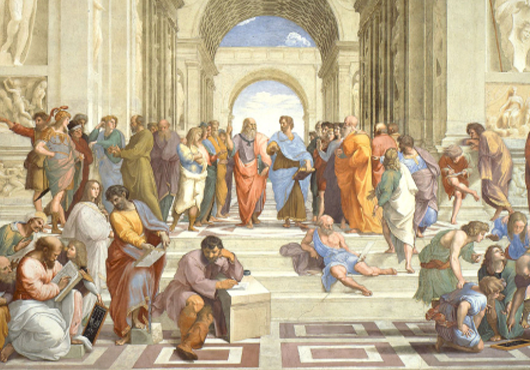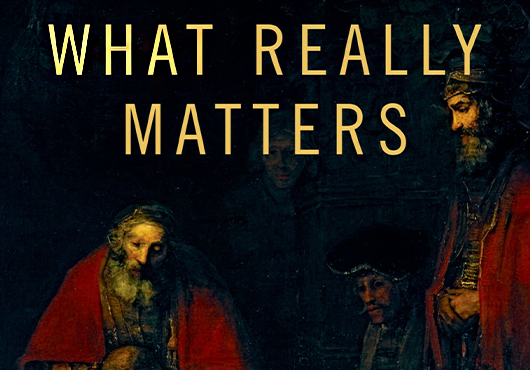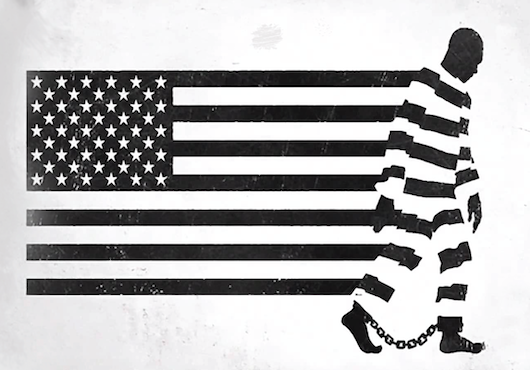Jones, David S. Broken Hearts: The Tangled History of Cardiac Care. (Baltimore, MD: Johns Hopkins University Press, 2012). 336. ISBN: 978-1421408019.
“Almost any phenomenon in science or medicine is open to multiple interpretations… Nature is complicated, scientists are creative…”
A crisp white coat, stethoscope draped coolly over neck. An air of confidence and all the answers. This is the ideal physician, at least as portrayed on television or in movies. Intuitively, the physician we want treating us for medical issues and emergencies possesses a deep knowledge and clear approach when making decisions. However, in intensive care units, emergency rooms, and physician’s offices, medical decision making—specifically, how physicians come to offer guidance or make treatment choices—can be riddled with complexity and uncertainty. Worse yet, physicians can be overconfident in their judgment. So, what’s a patient to do?
In Broken Hearts: The Tangled History of Cardiac Care, author David S. Jones unravels the intricacies of making medical decisions based on scientific knowledge. [1] The insights he provides into that process will encourage readers, patients, and their families, and other care providers to ask more probing questions and acknowledge the inherent uncertainty involved in medical care. However, what he proposes that we, as consumers of American healthcare, do in the face of such uncertainty remains unclear.
Jones, a psychiatrist practicing in Boston, has an insider’s look at the way physicians think and make decisions. However, his role as a medical historian—he’s the and the A. Bernard Ackerman Professor of the Culture of Medicine at Harvard University—enables him to construct an account of the broader social perspective of disease and treatment. It is here that Jones offers readers deep insight into how doctors decide what to advise patients and why all of us should care about that process.
As the title suggests, Jones shows us that decision making is imperfect. He describes the processes that guide doctors’ recommendations for invasive and risky treatment options in coronary artery disease (CAD) as a case illustration for medicine as a whole. CAD is so pervasive in modern medicine that most everyone is affected by it, either directly or indirectly. Jones’ unveiling of the individual discretion involved in determining how best to address such a prevalent disease is unsettling at best. By setting his sights on CAD, Jones deftly makes his point: we all have an interest in how doctors make decisions.
The trouble starts with physicians’ conceptualization of disease. The manner in which the mechanisms of disease are understood creates the framework to address it. Herein lies the potential for bias in and presumptions regarding how to intervene. In the case of CAD, it matters greatly whether we see the devastating consequence of CAD (namely heart attack) coming about due to the rupture of a plaque in the arterial wall versus a more chronically progressive occlusion. In other words, the first question posed is how the supply of blood becomes cut off to that portion of the heart, leading to the ischemic attack? The answer should lead to ideas of how to stop it from happening. However, resolution of this question is no easy feat.
In his thorough historical analysis, Jones makes it clear that the conceptualization of the disease process underlying CAD “imposed a linguistic compulsion on physicians and patients to respond… This risk state demanded intervention. [2] Physicians found themselves advocating for either the plaque rupture hypothesis or the occlusion hypothesis. Depending on the camp, physicians approached the problem by trying to dissolve clots secondary to plaque rupture (streptokinase) or stabilize plaques to prevent them from occurring in the first place (aspirin and lipid-lowering medications). Those in the occlusion hypothesis camp embraced balloon angioplasty to widen the arterial “pipe” and surgical bypass. In other words, a physician’s belief in disease process determined what intervention methodologies were offered.
Enthusiasm for an intervention is understandable. If a therapeutic option fits the logical understanding of the disease, it feels right: it must work. Staking an enthusiastic claim for one camp might serve us well initially—as the title of Chapter Four “Learning by Doing” suggests—in that it leads us to try plausible options, accepting the risk of an innovative approach as well worth it. But surely at some point, physicians know that they have to listen to the data. So, what is Jones’ concern regarding how medical decisions are made? The elephant in the room, he seems to say, are that “sources of unwarranted enthusiasm, color how doctors interpret therapeutic trials.” [3] Thus, even a physician’s perception and interpretation of clinical research can be fundamentally biased.
What’s more, steadier and more experienced minds cannot necessarily be relied upon for guidance in the field. Like fire, enthusiasm catches and spreads rapidly. Leading figures in the field—themselves in one camp or the other—“...set out to convince others… they published enthusiastic reviews in prominent journals.” [4] No doubt with the sincerest of intent to save lives, these battlefield generals set out on their “strategic deployment of authorial authority” to bring others in line with their point of view. [5]
The book reveals how embedded uncertainty is within the very fabric of medicine. The acquisition of medical knowledge is a messy process, an already imperfect system then riddled with ego, conflicts of interest, defensive practice, and misperceptions. Where does the truth lie, and how can we protect ourselves as individuals and as a society? In the case of CAD, at least, the truth does not lie solely within a single camp. It is only when physicians acknowledge and accept this uncertainty that they can reconstruct an accurate picture of the disease process and discover what interventions might be truly successful.
The persistent entrenchment of one camp against the other makes all evidence more difficult to decipher. Jones paints this picture well when exposing the contentiousness of angioplasty. Angioplasty is not the one-stop shop for CAD, despite the early claims of its proponents, but it is crucial within one hour of a heart attack. The “burgeoning business” of angioplasty outside of that specific context is suspect to all but the most entrenched physician. [6]
Bypass surgery also does not get a free pass through Jones’ razor-sharp historical analysis. We see his criticisms unfolding simply by reading the titles of the relevant chapters on bypass. We are first led through “The Case of the Missing Complications” and “Selective Inattention,” before the big reveal in “The Cerebral Complications of Coronary Artery Bypass Surgery.” Jones leaves us with a particularly disturbing thought: if surgeons have been systematically inattentive to the cerebral complications of bypass, then how can “consent” ever have been obtained from patients? The inattention did not have to be nefarious for it to remain a disturbing oversight. Given the historical evidence, Jones rules out inattention from a native state of ignorance or deliberate concealment. Instead, the reason is much more insidious and thus much harder to tackle. The “case of the missing complication” was seemingly due to the mundane reality of busy schedules, the weight given to the heart over the brain by cardiac surgeons, and the fact that no specialty was looking for neurological complications in this set of patients to begin with.
What do we do in the face of this medical uncertainty and imperfect decision-making? Jones makes a case for the importance of awareness and acknowledgment but is less clear as to what specifically we are to do about it. Even in his most powerful and concluding chapter, Jones makes a number of profound observations of social medicine and global health, yet he leaves the reader wondering: whose obligation it is to check the medical system; what does professional ethics require of physicians in terms of innovation and clinical practice; and what should society demand as the consumer of healthcare? Instead, the reader is left bewildered, despite Jones’ stated goal that “readers… should emerge better equipped to make good decisions.” [7] This is a tall order, to be sure, and perhaps better left to the future work that builds on Jones’ important insights.
Diana Alame, MD, MBE ‘17, can be reached at BioethicsJournal (at) hms.harvard.edu.
[1] Jones, DS. (2012). Broken Hearts: The Tangled History of Cardiac Care. Baltimore, MD: Johns Hopkins University Press.
[2] (p. 61)
[3] (p. 70)
[4] (p. 77)
[5] Id.
[6] (p. 96)
[7] (p. 23)


